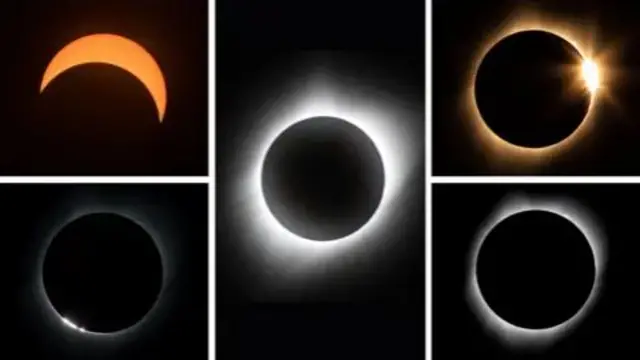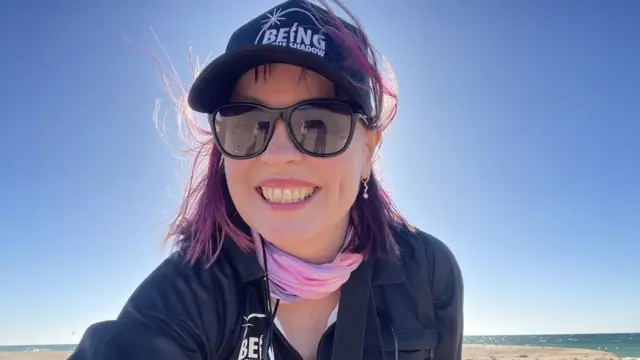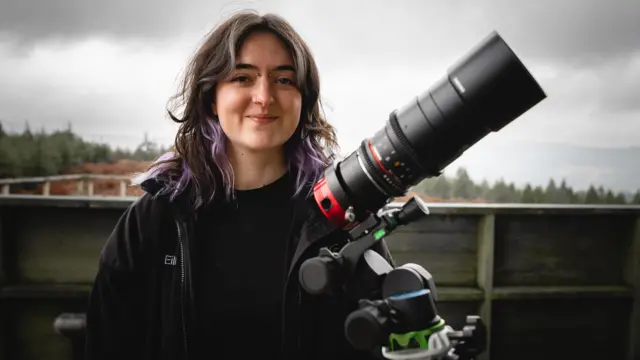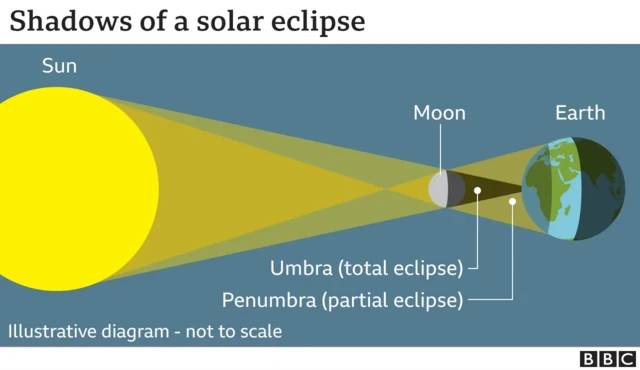What are the stages of eclipse?published at 12:00 BST 8 April 2024
 Jonathan Amos
Jonathan Amos
Science correspondent

Possible stages - partial eclipse (top left), diamond ring (top right), Baily's Beads (bottom left), totality (bottom right) and a view of the corona (middle).
Partial eclipse: The Moon progressively covers the Sun's disc. Everything gets darker and darker.
Diamond ring: The last vestige of strong sunshine decreases to a brilliant point of light, as if a big diamond.
Baily's Beads: As the diamond dissipates, any remaining light sparkles through deep valleys on the Moon's edge.
Totality: Day turns to night, but be aware also of changes in temperature, in the wind, in the clouds and in birdsong.
Corona: Your chance to see the Sun's hidden secret - the delicate tendrils of light in our star's outer atmosphere, its corona.
And then it all happens in reverse. Totality is broken by the beads. The diamond reappears and expands the light back to its normal blinding intensity, and the corona is hidden once more.





